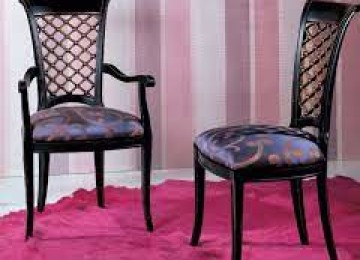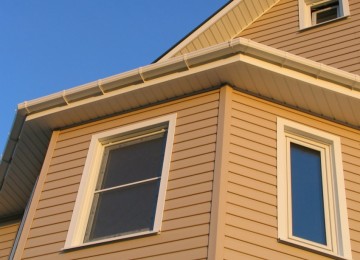Skillfully crafted furniture made of natural wood is a sign of prestige and commitment to long-standing traditions.
That is why in houses with a rich history they strive to preserve the original style and elegance of the original furniture.
Valuable light and dark wood species, dressed in expensive glossy varnish, are as attractive as precious stones due to their masterful processing, balanced and appropriate design using artistic carving, inlay and painting.
Such fine work is highly valued among both collectors and ordinary people due to its rich history and uniqueness. Many of them have survived to this day after decades, and some have been preserved even after centuries. The secret of the longevity of antique furniture lies in a skillful approach to furniture processing.
Drying, planing, grinding and painting were carried out manually, all stages were supervised by carpentry masters who did not allow the slightest oversight. A significant contribution to the long life and good condition of the products was made by furniture restoration, which allowed them to survive many generations with almost imperceptible changes.
Benefits from the restoration procedure
Buying new furniture is not a cheap pleasure, especially when it comes to luxury interior items. Therefore, if you have antique chairs, tables, armchairs or beds, then it makes sense to restore them and continue to use them for many more years. Furniture restoration at home is carried out in order to prevent difficulties associated with aging and wear of furniture.
The first issue that is resolved through restoration is aesthetic
Here are just some of the troubles that happen to interior items during their use:
- Over the years that furniture is used in everyday life, it simply becomes unsightly due to the fading of paint and varnish under the influence of sunlight and heat from heating devices.
- Stains and spots appear on varnished surfaces, which indicate that the varnish inside has begun to peel off.
- Numerous scratches and cracks cover the tops of desks and chests of drawers, gilding and chrome are flying off from the fittings, and cracks appear on the glass and stained glass.
The second point is deterioration in functionality
This includes all problems with upholstered furniture (sagging upholstery), breakage of fittings (rollers of chairs and sliding doors in closets, hinges and locks) and glued joints.
The third reason is to maintain sanitary and hygienic standards
This applies to both wood and upholstered furniture fillers. If in the first place, when the protective coating is worn out, mold, fungi and pests multiply, then, secondly, dust, harmful microorganisms and infectious agents accumulate.









